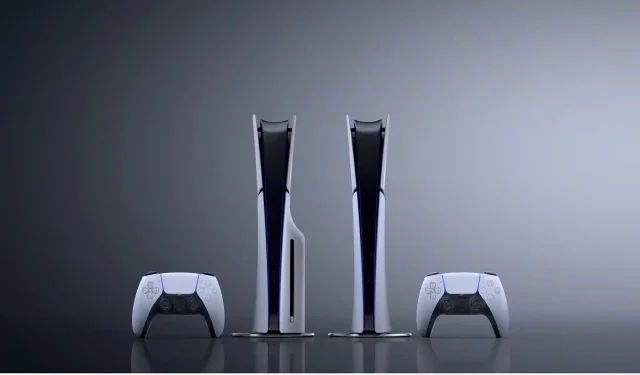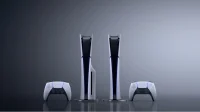Recent discussions within the gaming industry suggest that a price increase for Sony’s PS5 may be on the horizon, largely due to the ramifications of the Trump tariffs. Following Nintendo’s decision to postpone pre-orders amidst the looming threat of a significant 145% tariff on imports from China, along with a 10% tariff on imports from Vietnam, gaming enthusiasts have speculated about similar price hikes affecting other consoles and gaming devices.
This article delves into the intricate details surrounding the potential price adjustments for the PS5.
Understanding Sony’s Response to Tariffs and the PS5 Price Outlook
During a recent earnings call, Lin Tao, Sony’s CFO, addressed investors about the potential financial repercussions the company might face in 2026 due to these tariffs, which could hit up to 100 billion yen (approximately $684 million USD). In a video shared by @DestinLegarie on X, she emphasized that, while efforts are underway to mitigate these impacts, passing some of the increased costs onto consumers could be a consideration.
Tao mentioned that Sony has a sufficient stock of PS5 consoles to last three months in the U.S. market. This situation provides a buffer period during which the company can navigate these uncertainties. As a result, gamers remain cautiously optimistic that, even if a price increase for the PS5 is unavoidable, it may not take effect for several months.
With gaming giants like Sony and Nintendo predominantly manufacturing their consoles in Asia, the tariffs on imports from China and Vietnam have been deeply influential on their business operations. Notably, Nintendo has kept the base price of the Switch 2 at $449.99, yet, to compensate for potential losses, the company has increased prices on accessory items associated with the Switch 2.
Exploring Domestic Production Due to Tariff Pressures
In another insightful update shared by @DestinLegarie, Sony’s CEO Hiroki Totoki discussed the company’s ongoing consideration of moving some PS5 manufacturing to the United States. This decision comes in light of the challenges posed by current tariff policies.
In his remarks, Totoki articulated the dual perspective of viewing the gaming segment through both hardware and software lenses. He suggested that local production for gaming consoles could be a strategic advantage. However, he confirmed that, for now, the PS5 is primarily manufactured in China. This focus poses ongoing risks: even with the temporary pause on some tariffs, Sony’s gaming division is still vulnerable to price hikes, especially since consoles were excluded from recent tariff exemptions.
As competitors like Microsoft have already raised prices on Xbox consoles in response to the tariff scenario, Sony appears to be strategically assessing its options. The company is opting to wait out the volatile landscape while exploring multiple scenarios to maintain its pricing stability as much as possible.


